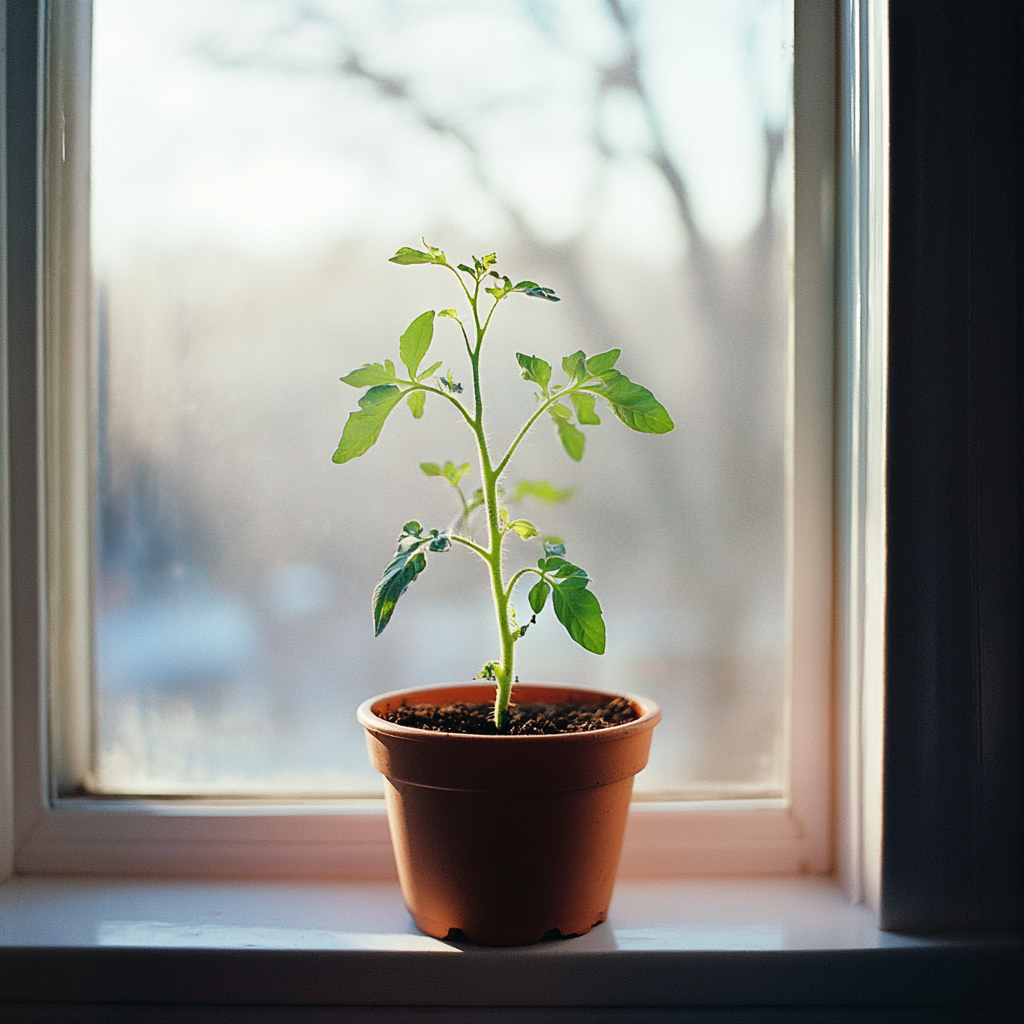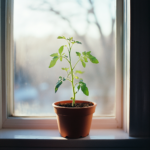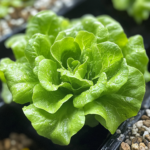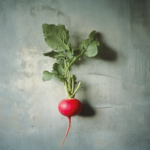Container gardening is a great way to grow fresh vegetables, even in limited spaces like balconies, patios, or windowsills. With just a few containers, you can enjoy the satisfaction of harvesting your own produce. This guide will introduce you to the best vegetables to grow in containers and essential care tips.
1. Tomatoes: The Container Garden Favorite
Tomatoes are among the most popular vegetables for container gardening, and it’s easy to see why! Not only are they relatively easy to grow, but they also provide abundant harvests and can be used in various dishes. Here’s how to get started:
- Best Varieties: Opt for smaller, determinate varieties like ‘Cherry Tomatoes,’ ‘Roma,’ or ‘Patio Princess,’ which are more compact and suitable for containers.
- Container Size: Use a container that is at least 12-18 inches deep and wide. This space gives the roots enough room to grow and supports the plant’s structure.
- Sunlight & Water Requirements: Since tomatoes love sunlight, place your container where it can receive at least 6-8 hours of sunlight daily. Additionally, water regularly to keep the soil consistently moist but not waterlogged.
2. Lettuce: Quick and Easy Fresh Greens
Lettuce is an excellent choice for container gardening, especially for beginners. Because it’s fast-growing and requires little maintenance, it can be harvested continuously.
- Best Varieties: Choose loose-leaf varieties like ‘Buttercrunch,’ ‘Romaine,’ or ‘Leaf Lettuce,’ which can be harvested leaf-by-leaf.
- Container Size: A shallow container, about 6-8 inches deep, is sufficient. Since lettuce doesn’t have deep roots, it doesn’t require much soil depth.
- Sunlight & Water Requirements: Lettuce prefers cooler temperatures and partial shade. Make sure it receives 4-6 hours of sunlight daily, and water frequently to keep the soil consistently moist.
3. Peppers: Add a Splash of Color and Flavor
Peppers, whether sweet or hot, are ideal for container gardening. They add both color and flavor to your garden and kitchen.
- Best Varieties: Choose compact varieties like ‘Jalapeno,’ ‘Mini Bell,’ or ‘Banana Peppers.’ These plants don’t grow too large and do well in containers.
- Container Size: Use a container that is at least 10-12 inches deep and wide, which provides enough room for the roots to spread.
- Sunlight & Water Requirements: Peppers thrive in warm conditions and need full sunlight. Ensure they are in a spot that gets at least 6-8 hours of direct sunlight. Water regularly, but let the soil dry out slightly between watering sessions to avoid overwatering.
4. Radishes: The Fast Grower’s Delight
Radishes are perfect for impatient gardeners because they grow quickly and are ready to harvest in just a few weeks.
- Best Varieties: Varieties like ‘Cherry Belle,’ ‘French Breakfast,’ and ‘Sparkler’ are ideal for containers.
- Container Size: A shallow container, about 6 inches deep, works well. Radishes don’t require a lot of space, making them perfect for small containers.
- Sunlight & Water Requirements: Radishes need full sun to develop properly. Therefore, ensure they receive at least 6 hours of sunlight daily. Additionally, keep the soil consistently moist to ensure proper growth.
5. Spinach: A Nutrient-Packed Choice
Spinach is not only nutritious but also easy to grow in containers. It’s perfect for adding to salads, smoothies, and cooked dishes.
- Best Varieties: Look for varieties like ‘Baby Leaf,’ ‘Bloomsdale,’ or ‘Space,’ which are well-suited for container growth.
- Container Size: A container that is 6-8 inches deep is sufficient for spinach. Make sure there’s enough room for the plants to spread.
- Sunlight & Water Requirements: Spinach grows best in partial shade, especially in warmer climates. It needs about 4-6 hours of sunlight each day. Water consistently to keep the soil moist, especially during dry spells.
Tips for Successful Container Vegetable Gardening
- Choose the Right Soil: Use a high-quality potting mix that provides good drainage and is rich in organic matter. Avoid using garden soil, as it can be too dense for containers.
- Fertilize Regularly: Because container plants can’t access nutrients from the ground, they require more nutrients. Use a balanced, water-soluble fertilizer every 2-4 weeks to keep your vegetables healthy.
- Water Consistently: Container plants can dry out quickly, so check the soil moisture regularly. Water thoroughly when the top inch of soil feels dry to the touch.
- Support Your Plants: Use stakes, cages, or trellises for plants like tomatoes and peppers to support their growth and prevent them from falling over.
Conclusion
Container gardening makes it possible for anyone to enjoy the benefits of fresh, homegrown vegetables, no matter how limited their space may be. By choosing easy-to-grow veggies like tomatoes, lettuce, peppers, radishes, and spinach, you can create a thriving container garden that provides delicious and nutritious produce. Happy gardening!




